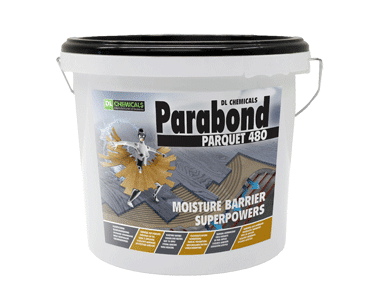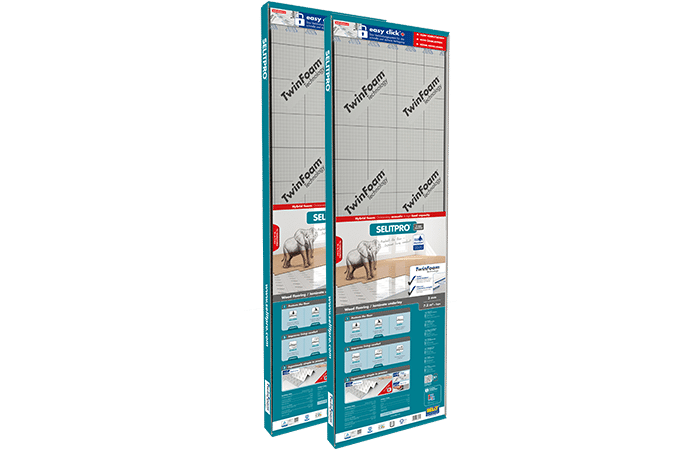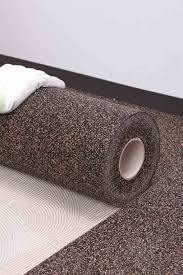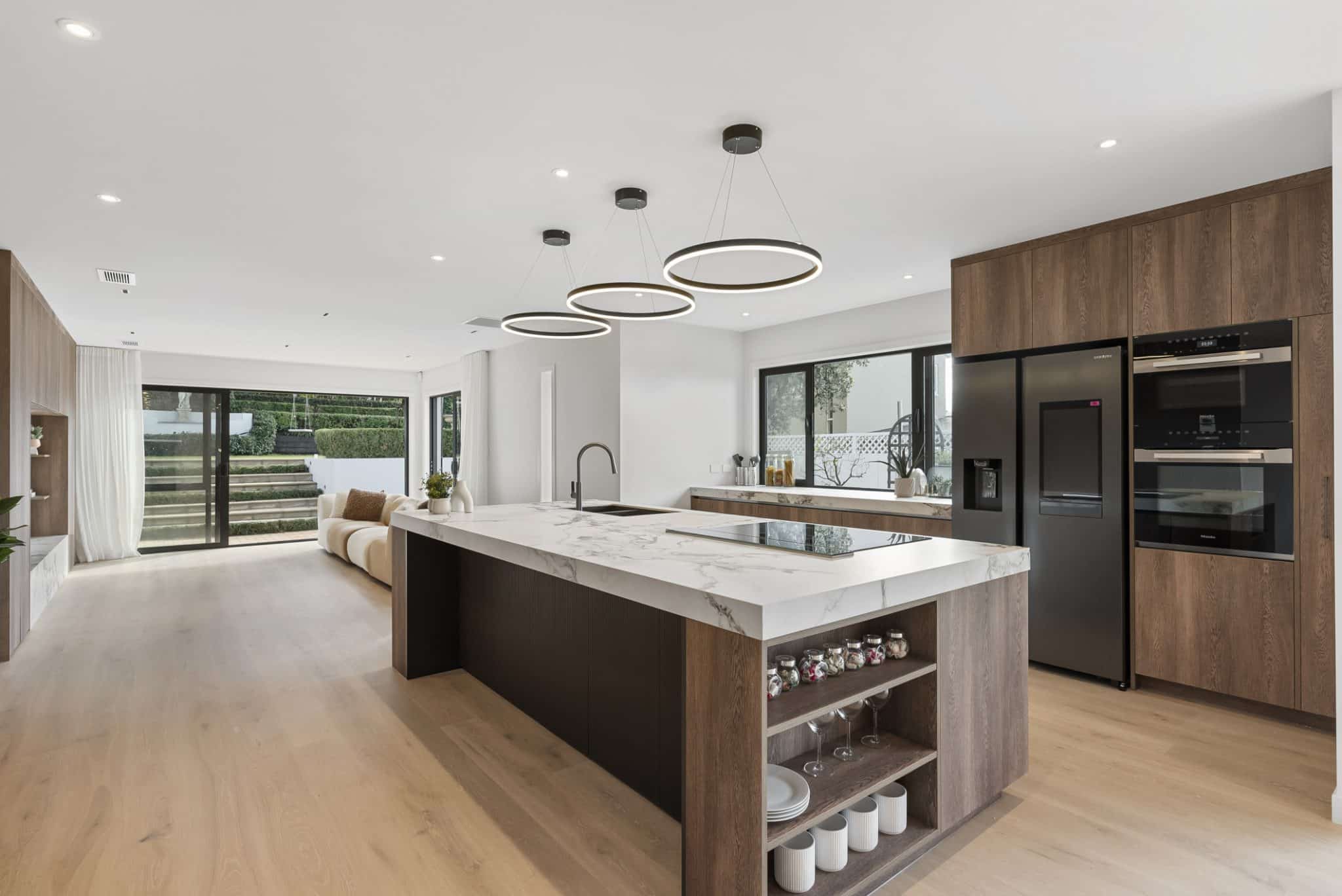Understanding Tolerances for Timber Flooring in New Zealand
Understanding tolerances in engineered timber flooring is crucial for both quality results and adherence to New Zealand building standards. Tolerances refer to the allowable variations in measurements and alignments during construction and installation processes. These guidelines ensure that while perfection might not always be attainable, the quality and integrity of the construction are maintained.
The Building Code
In New Zealand, the standards for timber flooring tolerances are well-defined. For instance, the NZS 3604:2011, a key standard for timber-framed buildings, outlines specific tolerances relevant to various aspects of construction, including timber quality and framing. This standard ensures that timber used in buildings, including flooring, meets certain criteria for dimensions and alignment to maintain structural integrity and aesthetic quality.
The Measures for “Flatness” of Overlay Flooring
Specifically, for timber flooring, tolerances include allowances for variations in dimensions, straightness, and levelness. These tolerances are critical to ensure that the flooring not only looks good but also performs well over time. For instance, there are set limits for how much a floor can deviate from being level or how straight the timber must be. These limits are measured in millimeters and are based on the length of the timber used. Often the tolernces related to “flatness” are expressed by manufacturers of timber flooring. These are usually represented as a tolerance of devation of 2 or 3mm over 2 or 3 meters. However standards and tolerances do differ.
Tolerance Tables for Timber Flooring
The Building CodeHub’s “Tolerances tables – Build 184 (2021)” also provides comprehensive information on construction tolerances. It includes details on the permitted variations from given dimensions, the range of variation in maintaining a specified dimension, and variations from location or alignment. Adhering to these tolerances ensures that subsequent trades can achieve quality results and that the final construction meets the desired standards.
These tolerances are not just about the technical aspects of construction; they are also about the end-user experience. Floors that are not level or have significant variations can lead to discomfort and even safety issues. Therefore, understanding and applying these tolerances is not just a matter of regulatory compliance but also about delivering a product that meets the highest standards of quality and comfort.
For more detailed and specific information regarding the tolerances in timber flooring, professionals in the industry often refer to the NZS 3604:2011 standard and resources provided by Building CodeHub and BRANZ.
When it comes to engineered timber flooring in New Zealand, adhering to the set tolerances is key. These guidelines ensure that the flooring is not only aesthetically pleasing but also structurally sound and safe for use. By following these standards, builders and installers can provide quality flooring solutions that stand the test of time.
You may also be interested in the impact of E3 on using wood flooring in kitchens (read more here).




